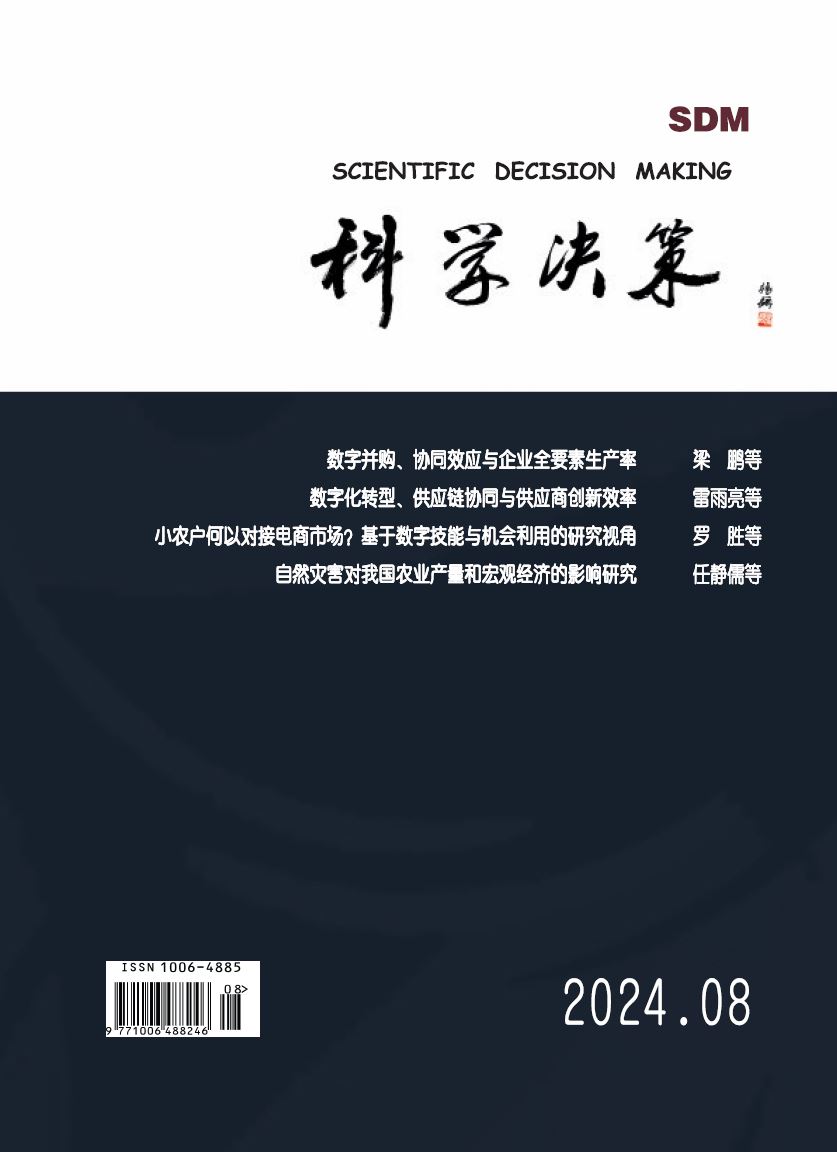The Accounting and Management Procedure Model for Material and Energy Flows in the Enterprises of Building Materials Production
引用次数: 0
Abstract
The paper notes the importance of classifying material flows in relation to the logistic system itself and its elements, nomenclature and assortment. On the example of a chemical company, a simulation of the process of accounting for material costs in the processing of raw materials, where material flows are required, is considered. Using the Cobit methodology, we have established target benefits for the business, its adequacy of the business strategy: optimization of the cost of material resources, regularity and availability of material resources, ensuring the stability of the quality of raw materials. The quantitative and qualitative indicators of material flows in the processing of raw materials are analyzed. System models of business processes were developed as some dynamic and structural program models. A mathematical model has been developed to assess the efficiency of the distribution of material resources. To assess the importance of the components, an adaptive control algorithm is applied by the magnitude of the error in the feedback section. The objective function is to minimize the standard deviations of the actual values from the given values. The structure of the database will allow to inform about the results of production in different time periods and for different blocks. The goals of stock minimization, quality control and production are implemented programmatically. Software support added. Keywords—modeling, business processes, material flows, Cobit, account policy, optimization of expenses, ER diagram.建材生产企业物质与能量流动的会计核算与管理程序模型
本文指出了对物流系统本身及其要素、命名和分类进行分类的重要性。在一个化学公司的例子中,考虑了原材料加工过程中材料成本核算过程的模拟,其中需要材料流。使用Cobit方法,我们为业务建立了目标效益,其业务策略的充分性:优化材料资源成本,材料资源的规律性和可用性,确保原材料质量的稳定性。对原材料加工过程中物料流动的定量和定性指标进行了分析。业务流程的系统模型被开发为一些动态和结构化的程序模型。已经建立了一个数学模型来评估物质资源分配的效率。为了评估组件的重要性,根据反馈部分的误差大小应用了自适应控制算法。目标函数是使实际值与给定值的标准差最小。数据库的结构将允许通知不同时间段和不同区块的生产结果。库存最小化、质量控制和生产的目标都是程序化实现的。增加了软件支持。关键词:建模,业务流程,物料流,Cobit,会计政策,费用优化,ER图。
本文章由计算机程序翻译,如有差异,请以英文原文为准。
求助全文
约1分钟内获得全文
求助全文

 求助内容:
求助内容: 应助结果提醒方式:
应助结果提醒方式:


